In the face of power outages, many homeowners find themselves unprepared, leaving their homes dark and their food spoiled.
A generator can be a lifeline during these moments, but choosing the right size is not as straightforward as it might seem.
This article delves into what size generator to run a 1500 Sq Ft house, ensuring you remain powered during those critical times.
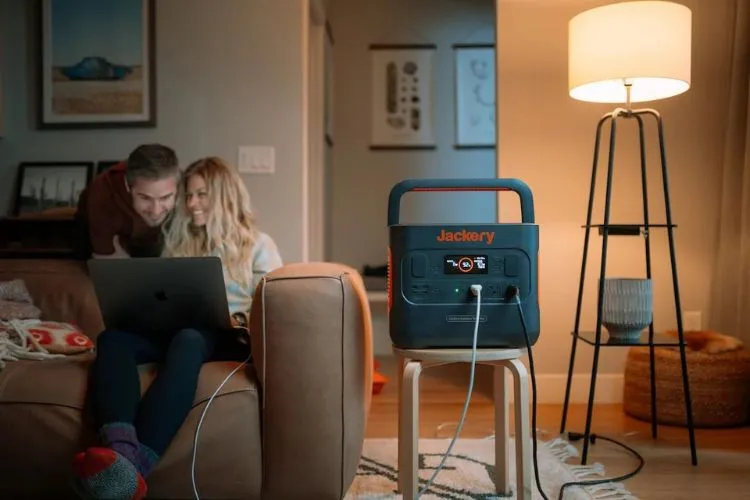
Understanding Power Needs
The journey to select the perfect generator begins with understanding your power requirements.
Each household varies in its energy consumption based on the number and type of appliances.
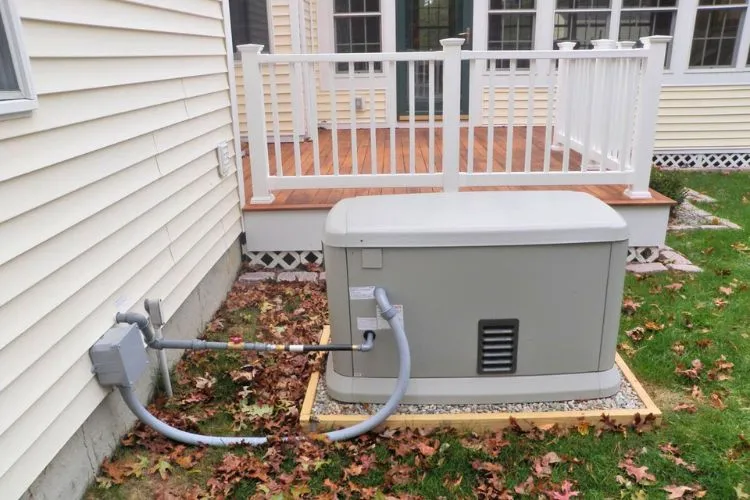
While the square footage of your home provides a baseline, the real insight comes from calculating the power each appliance consumes.
Appliances like refrigerators, HVAC systems, and lighting have different energy needs, typically measured in watts.
It’s crucial to differentiate between starting watts—the initial surge of power when an appliance turns on—and running watts—the continuous power needed to operate the device.
What Size Generator to Run a 1500 Sq Ft House?
When considering the size of the generator, several factors come into play beyond the mere size of the living space.
Home Size & Layout
Although this article focuses on a 1,500 sq ft house, the actual power requirements can vary significantly depending on the home’s layout and insulation quality.
A house with an open-plan might require less energy for heating and cooling compared to a more compartmentalized home.
Essential Appliances vs. Whole House
One must decide whether the aim is to power essential appliances only or the entire home. Essentials typically include the refrigerator, basic lighting, and possibly the HVAC system.
This decision greatly impacts the generator size, with essential-only power requiring a smaller unit than full-house operation.
Climate Considerations
The local climate plays a pivotal role in determining your generator size. Homes in areas with extreme temperatures will see a notable difference in energy consumption, especially for heating and cooling purposes. These needs must be factored into the generator size calculation.
Calculating Your Needs
Identify and list all appliances you plan to power during an outage, noting their starting and running watts. Summing these up gives a rough estimate of your power needs.
Remember, it’s advisable to add a buffer to accommodate any future additions or inconsistencies in power usage.
Generator Types Overview
There are mainly three types of generators suited for residential use: portable, inverter, and standby generators.
Portable generators are the most affordable but require manual operation and are less powerful.
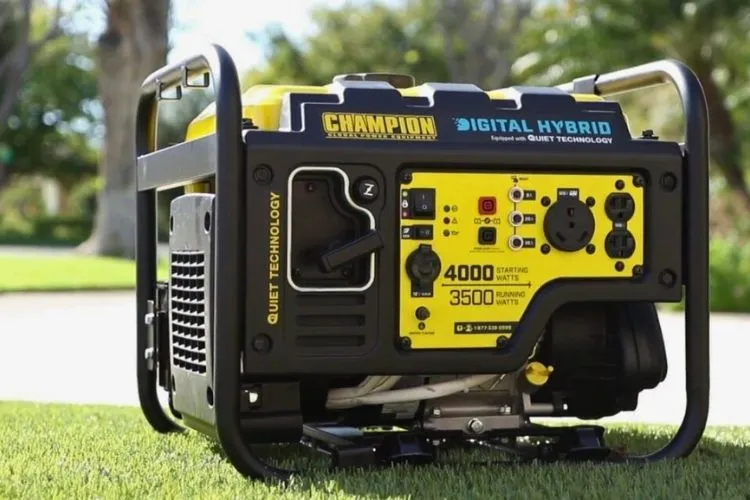
Inverter generators offer more stable power suitable for sensitive electronics but at a higher cost.
Standby generators offer the most convenience and power, automatically kicking in during an outage but requiring a significant upfront investment.
Recommended Generator Sizes
For a 1,500 sq ft house aiming to power essential appliances, a generator offering between 5,000 to 7,500 watts might suffice.
However, if the goal is to maintain the entire house’s functionality, one might need to look at generators starting from 10,000 watts, with some situations requiring up to 20,000 watts for complete comfort.
Installation and Safety Tips
Opting for a generator requires thoughtful consideration of installation and safety. Standby generators typically demand professional installation and adherence to local codes.
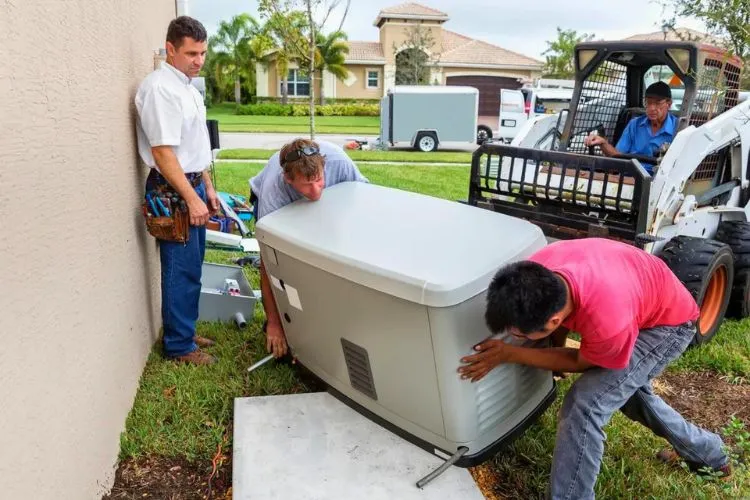
Regardless of the type, safety is paramount. Proper ventilation is crucial to avoid carbon monoxide poisoning, and one should never overload a generator as it poses a risk to appliances and the generator itself.
You may also find useful: What Size Emergency Generator Do I Need? | What Size Standby Generator Do You Need?
Renewable Energy Alternatives
Integrating renewable energy sources with traditional generators creates a sustainable and efficient hybrid system. Here’s an exploration of this approach:
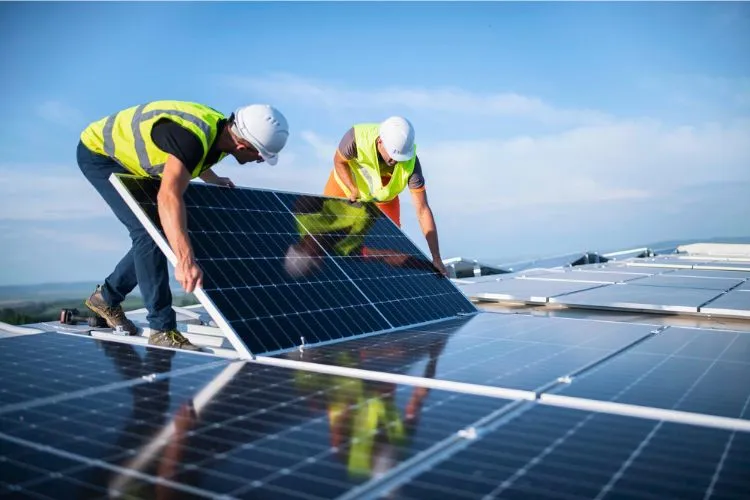
- Solar Panels: Harnessing sunlight, solar panels can significantly reduce dependence on fossil fuels by providing clean energy during sunny days. Stored energy in batteries can supply power during outages.
- Wind Turbines: For locations with consistent wind, small-scale turbines can complement generators, contributing to the electricity supply and reducing fuel consumption.
- Hybrid Systems: Combining renewables with traditional generators ensures a seamless transition during extended outages. Solar or wind energy can extend generator fuel supplies, lowering operating costs and environmental impact.
- Eco-Friendly Backup: This configuration not only offers an uninterrupted power supply but also reduces carbon footprint, aligning with global sustainability goals.
Such systems represent the future of backup power, balancing reliability with environmental responsibility.
Maintenance and Care
Like any machine, a generator needs regular maintenance to stay reliable. Checking oil levels, ensuring fuel freshness, and running the generator periodically to test its function are vital practices. Well-maintained generators are more efficient and have a longer lifespan.
Frequently Asked Questions (FAQs)
What kind of generator is best for a 1,500 sq ft house?
The best type depends on your specific needs, including desired appliances to run, budget, and whether you prefer automatic startup during outages. Standby generators are most convenient for full-house operation, while portable and inverter generators are suitable for less extensive needs.
How much does it cost to run a generator for a 1,500 sq ft house?
The cost depends on the generator size, type of fuel, and how long it runs. Generally, running a medium-sized portable generator for essential needs might cost between $3 to $5 per day in fuel, whereas larger standby generators will cost more.
Can I connect a portable generator directly to my home’s electrical system?
No, connecting a portable generator directly without a transfer switch can be dangerous and is against code in many locations. Always follow manufacturer instructions and local laws.
How often should I test my generator?
It’s advisable to test your generator every month and run it for at least 30 minutes to charge the battery for the electric starter and ensure it’s in working order.
What safety issues should I be aware of when using a generator?
The key safety concerns include ensuring adequate ventilation to prevent carbon monoxide poisoning, never overloading the generator, and following all manufacturer and professional installer guidelines.
Conclusion:
In conclusion, determining the right generator size for a 1,500 sq ft house involves understanding your power needs, the potential load, and the type of generator that best suits your circumstances.
Whether opting for a portable, inverter, or standby generator, safety and efficiency should remain top of mind.
With careful planning and consideration, you can ensure that your home remains powered during those crucial times when the main grid is off-line.
